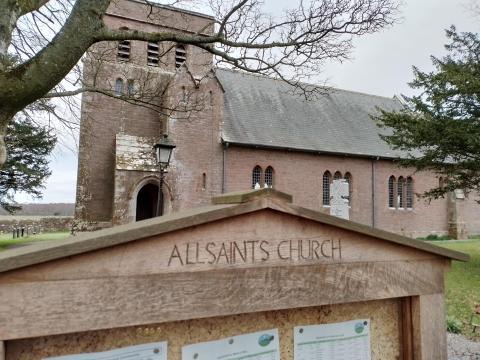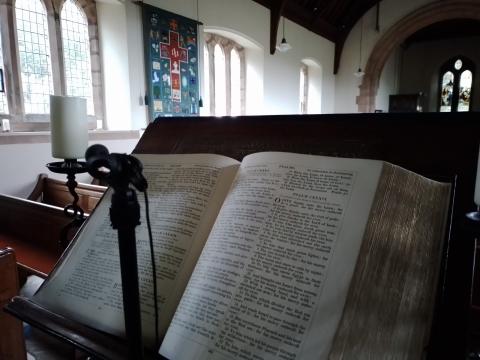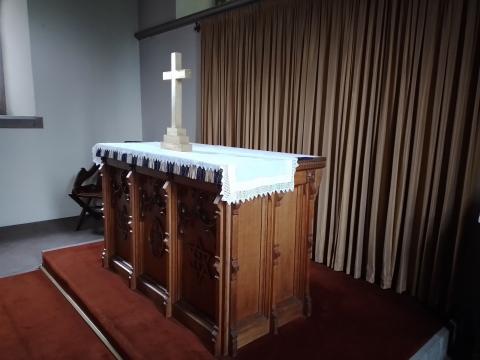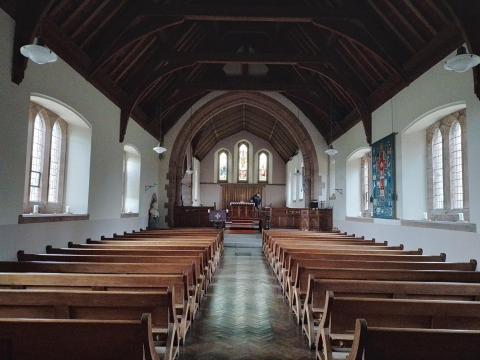Hallows & Saints, Pulpit & Table

At All Hallows’ Church in Allhallows*, Cumbria, I saw the essential conflict that has essentially divided British Christianity. Like most parish churches, there is a pulpit, from which the Bible is read and preached, and an altar upon which the Lord’s Supper is celebrated and observed. At All Hallows, the pulpit is off-centre, but closer to the nave, where the worshippers sit. The altar is somewhat distant in the chancel but enjoys the most prominent spot in the building. The tension between the ministry of word and sacrament is vital to understanding the rifts between Protestant and Catholic, between low church and high church, between Puritan and non-puritan, between Church and Chapel. Do we attend church to partake of the bread and wine, or to hear God’s word proclaimed?


This is not of course a binary choice, as though the one must needs exclude the other. Even Roman Catholics are treated to a priest’s homily, and we of a more decidedly Protestant persuasion would still perform the ritual of communion twice monthly. At Salem Chapel, the pulpit dominates, and the communion table sits subservient beneath the Bible’s exalted status. Baptism and the Lord’s Supper are important, and at many other rituals and ceremonies, such as weddings or funerals, may God’s word always have the primacy.

*Interestingly, All Hallows Church is sometimes referred to as All Saints (which may have been the previous building’s name), and its location of Allhallows has also been described as Mealsgate as well as Fletchertown. It would seem that confusion about where and what, is not confined to theological emphases.

- Log in to post comments


 Sunday Worship 10.45am & 6.00pm
Sunday Worship 10.45am & 6.00pm